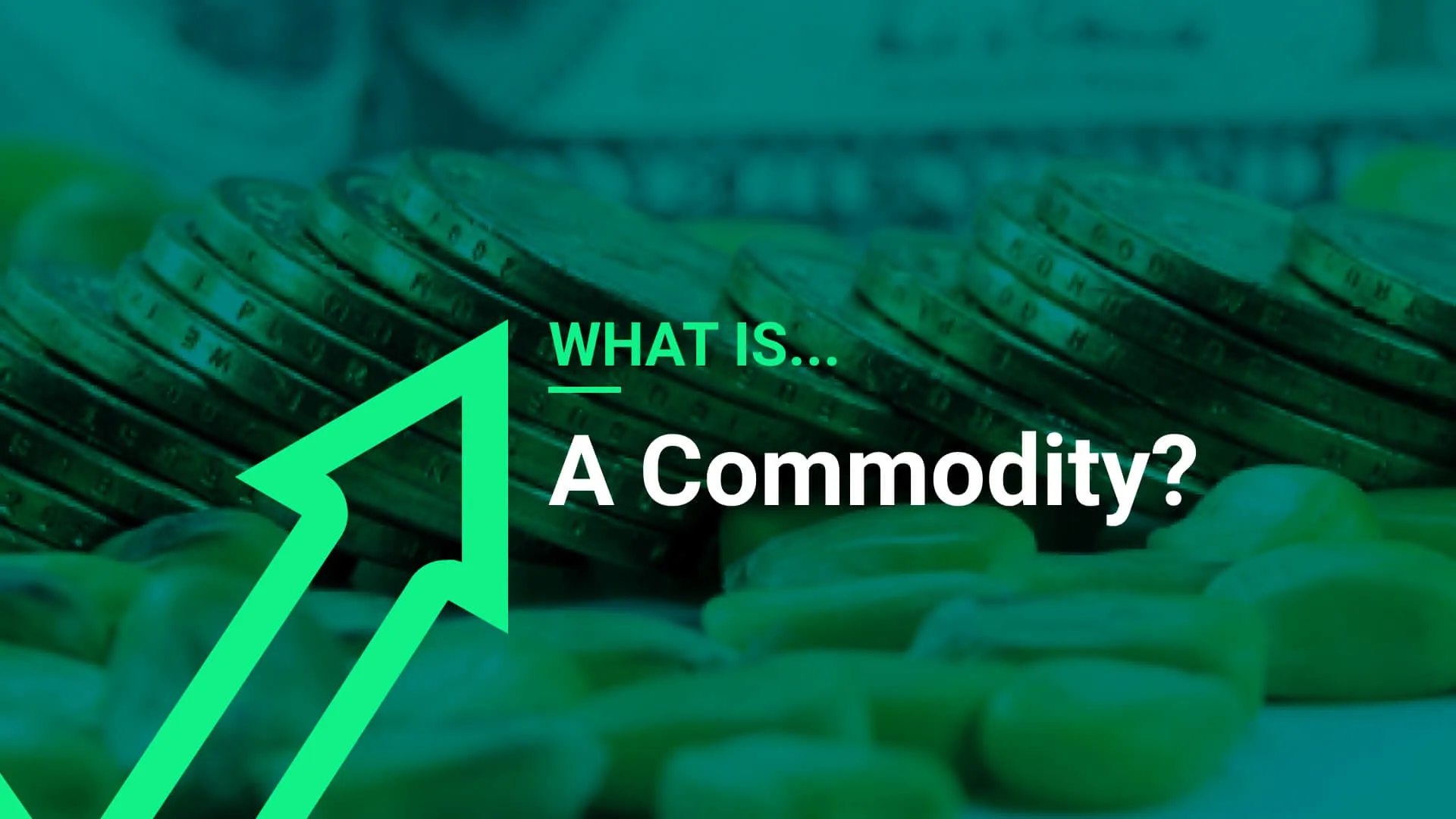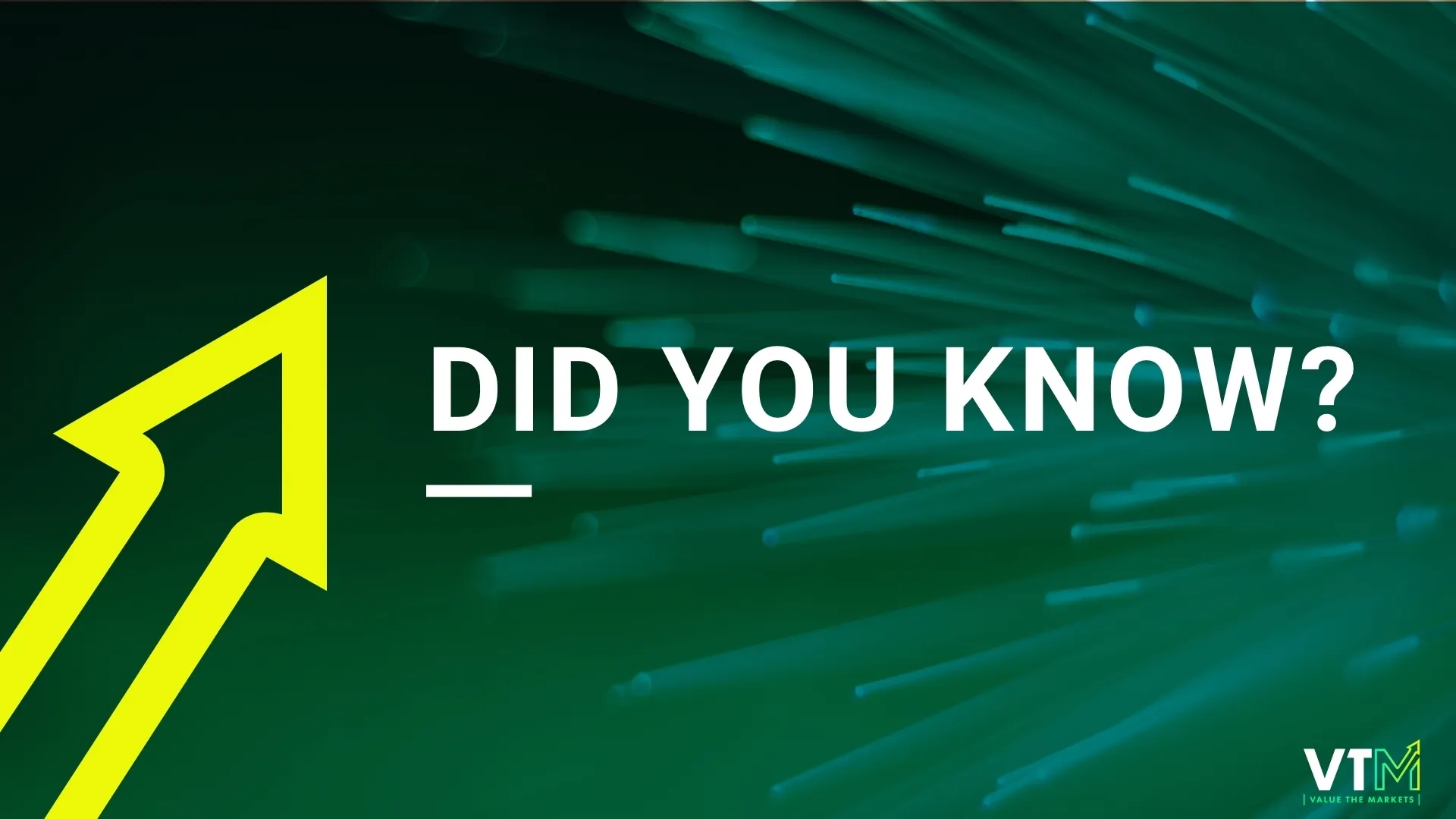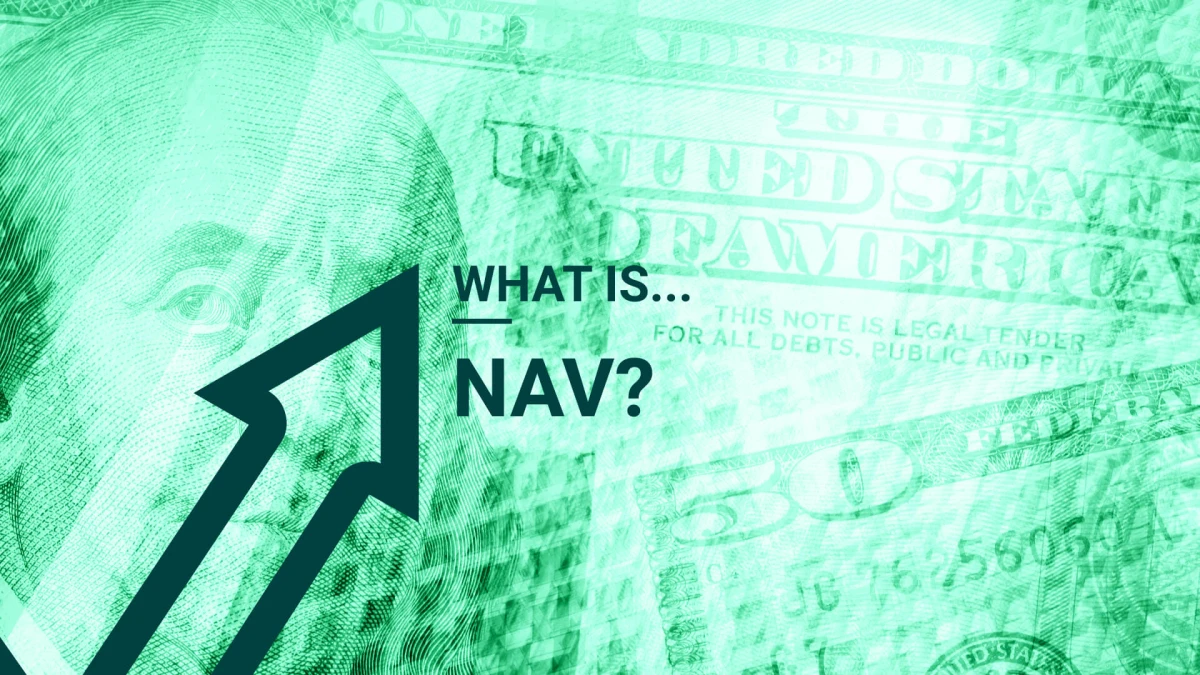NAV stands for ‘Net Asset Value,’ and it refers to the value of investment accounts or mutual funds.
Consider an investment company with assets worth $100m and liabilities of $10m. Its NAV is $90 million.
It is a useful ‘at a glance’ metric to determine the value of the assets held by a fund.
The ‘value of assets’ refers to the total value of all the securities present in the portfolio. While the ‘value of liabilities’ refers to the value of all the liabilities and fund expenses, including operational and management costs, staff salaries and audit fees, etc.
Calculating NAV
According to the Securities and Exchange Commission (SEC), mutual funds and Unit Investment Trusts (UITs) are required to calculate their NAV at least once every business day. NAV changes daily for these entities because an investment company’s assets and liabilities change daily.
But a closed-ended fund with shares that are not required to be repurchased (not redeemable) does not have to update its NAV daily.
#Per-share NAV
The NAV is commonly presented on a per-share basis, which slightly alters the formula to:

Calculating per share NAV
Per-share NAV is also subject to a daily change. That’s because the assets, liabilities, and total shares outstanding change daily.
Consider an investment company with a NAV of $90m and investors own 10m shares. The investment company’s per-share NAV is $9 because $90m divided by 10m is $9.
This per share NAV is essentially what guides the fund’s share price. So, the price an investor will pay to own shares in a mutual fund or unit trust amounts to the per-share NAV plus fund fees. At purchase, the fees could be sales loads or purchase fees, which act as a commission.
When an investor sells their mutual fund or unit trust, the amount they receive is the approximate per share NAV minus any fees. At redemption, the fees could be deferred sales loads (to compensate brokers) or redemption fees.
#Example of NAV
The NAV calculation is valued because it lets investors know how much one share of the fund is worth.
For instance, if a mutual fund has $75m invested in securities and $5m in cash, its total assets amount to $80m. In addition, it has liabilities of $20m. This means the fund’s NAV would amount to $60m.
If the fund has 4m shares outstanding, its per-share NAV is 60m divided by 4m, which is $15.

While the NAV value changes daily, unlike a stock it does not change intraday.
#Valuing Mutual Funds vs. Stocks
The way mutual funds and stocks are valued differs due to the way they are set up. When a company issues stock, it amounts to a set number of shares, and these are priced based on supply and demand. A company’s share price can give investors an idea of how the company is performing.
Meanwhile, the value of a fund is determined by the amount invested in the fund, its number of outstanding shares, and what it costs to run it.
The NAV pricing system for trading shares of mutual funds differs significantly from that of common stocks or equities, which are issued by companies and listed on a stock exchange.
A fund’s NAV does not give an investor an idea of how a company is performing. That’s because a fund distributes most of its income and capital gains to its shareholders.
Therefore, a fund’s total return should be used to determine the performance of a fund. The total return includes the performance of its underlying securities and any dividends received.
